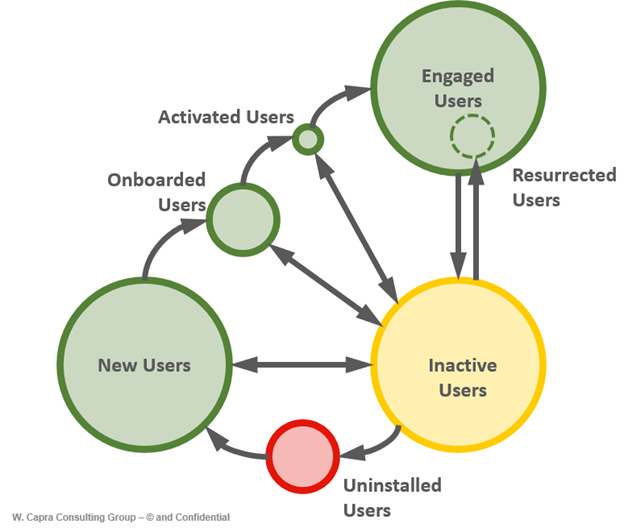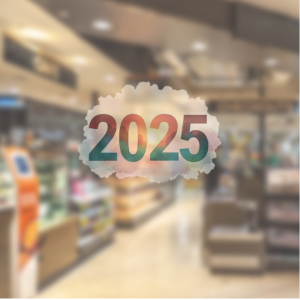
Insights
DCX: Growth Marketing and the Digital Transformation
At this stage, it’s a reasonable expectation that most brands with a regional or national presence offer some form of Digital Commerce Experience (DCX). Yet few brands, particularly in the Convenience and Retail Fuel space, have created a DCX that rivals what the unicorns in other industries offer. In this article, we sat with resident DCX specialist Kevin Struthers to discuss how fuel brands can position themselves to meet consumer expectations in the digital future.
Why DCX in Convenience and Fuel Seems Behind Other Industries
The digital transformation of the previous decade is hard to ignore. Like most industries, Convenience and Retail Fuel acknowledged a need for digital transformation— however, the industry as a whole overlooked the context within which this transformation was occurring.
Many retailers rushed to push apps into the market without creating a context for consumers around why their app was needed. Often, these apps came out of the Retail Payments team and were focused on completing a mobile transaction, frequently introducing additional steps to the consumer experience, rather than solving real problems for the consumer. As of yet, these apps have not achieved the expected consumer adoption.
Using DCX to Focus on Growth Marketing
While the industry has historically focused on big-bang go-lives and mass program rollouts, a true understanding of DCX requires a nuanced approach to growth marketing to truly understand how consumers behave.
Struthers stressed, “When crafting your DCX, it’s essential to have advanced product analytics in place to eliminate consensus bias and to understand consumers’ holistic digital journey. As a consumer interacts with a digital commerce experience, there are states they transition that they don’t experience in a physical, analog world (Editor’s Note: i.e., acquisition via the app store, onboarding, activation, etc.), and failure to understand their journey to successfully transition each of these states often leads to inactivity and uninstalls.”

Most importantly, leverage your product analytics on an iterative basis to continue to inform and build upon your findings. The most successful digital programs focus equally on iteration as much as innovation.
In the end, DCX is about one thing— consumer adoption. Something as seemingly simple as changing micro-copy on a button or the order of buttons have been proven to bear a significant impact on how a consumer responds to your digital experience.
Bringing the Industry Forward
Convenience and Retail Fuel faces a unique challenge in that many interfaces in the industry encounter a “walled garden” of legacy vendors that preclude them from integrating with the 8,000+ mar-tech companies that have led the transformation to digital outside of petroleum. Major oil brands face an additional DCX obstacle in that they don’t typically interface with consumers directly, but often operate via B2B models.
None of the above prevents a retailer from achieving transformation. Executing a successful DCX strategy requires the awareness of what needs to be done to succeed, the knowledge to bring that strategy to bear, and the wisdom to learn from iteration.
For further discussion around the DCX, including how to embark on your digital transformation, what data to collect, and what activity set to perform, contact Kevin at kstruthers@wcapra.com.
Related Insights
CSP Magazine – What C-Store Retailers Need to Do to Succeed in 2025
This article, by W. Capra’s Tom Newbould as a guest author, was published in the February 2025 edition of CSP […]
How Seamless is Your Customer Journey?
A seamless customer journey starts with an honest assessment of your operations. Most retailers know they need to create value […]
What’s In Store for Retail: Industry Trends to Watch
As uncertainty around the state of the economy lingers due to inflation, retailers need to be thinking about how they […]
Turn Your Customer-First Mantra Into Strategic Action
Retailers have been saying it for years, “We need to put the customer at the center of everything we do.” […]
Want to stay in touch? Subscribe to the Newsletter










